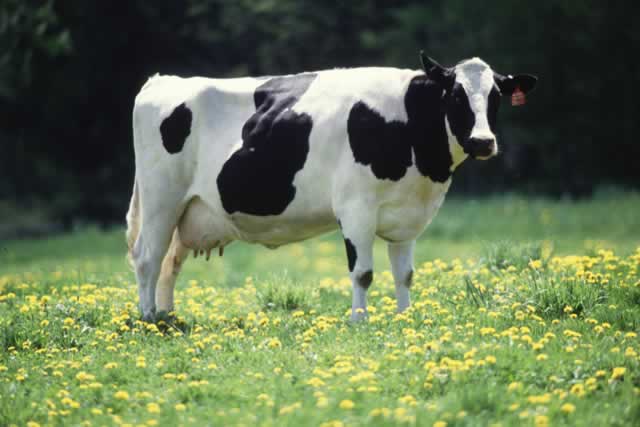
The Sunday News

SOME farmers have probably had some of their cows producing milk laced with blood. The milk turns pink and the discolouration will depend on the severity of the condition. This is called haemalactia. Needless to say this is an undesirable condition and no farmer wants his calves to consume such milk.
Blood in milk is a state of physiological hyperemia (excess supply of blood) of the mammary gland. It occasionally happens towards the end of gestation and for a short period just after calving.
The presence of blood in milk should clear after about two weeks. However, failure to milk out the udder may precipitate this condition at any stage during lactation. In latter cases, the udder invariably becomes turgid and more or less diffusely reddened. Bloody milk may also be caused by small focal areas of haemorrhage by diapedesis (emigration of blood cells through intact capillary cells). Sometimes, the blood cells in the milk are sufficient enough to impart a pinkish colour to the milk resulting in red cream and sediment.
Extensive bleeding may occur as a result of rupture of blood vessels during milking. Any other haemorrhage by diapedesis is considered pathological and occurs due to damage to the epithelial lining of the teat cistern.
Some of the specific causes of presence of blood in the cow’s milk could be due to harsh milking by hand or machine. This causes physical injuries that could be internal and may be witnessed from blood laces in your milk.
Vitamin C deficiency and acute or chronic mastitis can also have the same effect on the udder. Also some systemic infections that cause intravascular hemolysis or capillary damage may have the same effect. Mastitis occurs when white blood cells are released into the mammary gland, usually in response to an invasion of bacteria of the teat canal.
Milk-secreting tissue and various ducts throughout the mammary gland are damaged due to toxins by the bacteria. Mastitis can also occur as a result of chemical or mechanical injury.
This disease can be identified by abnormalities in the udder such as swelling, heat, redness, hardness or pain if it is clinical. Other indications of mastitis may be abnormalities in milk such as a watery appearance, flakes or clots.
Having said all the jargon around this condition all the farmer wants to know is how to rectify the problem.
A slight admixture of blood in the milk after calving requires no specific treatment as it naturally disappears within two weeks. If the condition is severe and wont clear, it becomes important to use medical remedies.
You may need to administer a calcium-based treatment such as calcium borogluconate. This helps as a coagulant. Vitamin C preparations influence the blood clotting mechanism. Blood in milk associated with chronic mastitis requires the control of the infection. Antibiotics can be used to control the infection. It is important to seek veterinary advice when you encounter such cases in your herd so that they can assess the condition and give appropriate remedies.
However, it is important for farmers to observe the withdrawal periods of the antibiotic which has been used before the milk is made available for human consumption. This is an area which most communal farmers neglect as they can consume meat from an animal which was injected with an antibiotic two days ago. This usually happens when the animal under treatment fails to respond to treatment and farmers decide to kill it.
The long term effect is the residual antibiotics may cause you to be resistant to certain drugs that may be administered to you when you fall sick. The result is for everyone to contemplate. I hope farmers will find this edition helpful. Uyabonga umntakaMaKhumalo.
Feedback [email protected]/ Cell 0772851275



